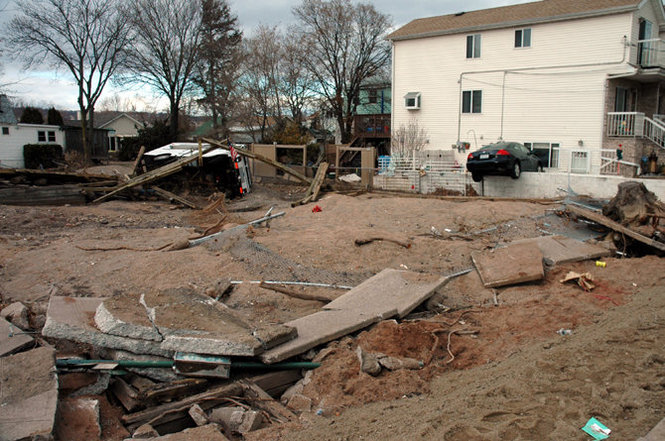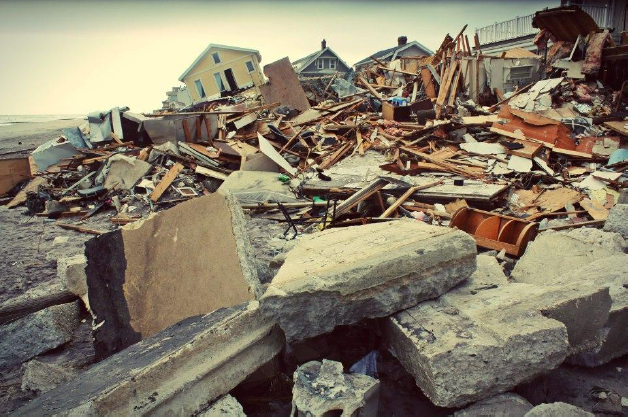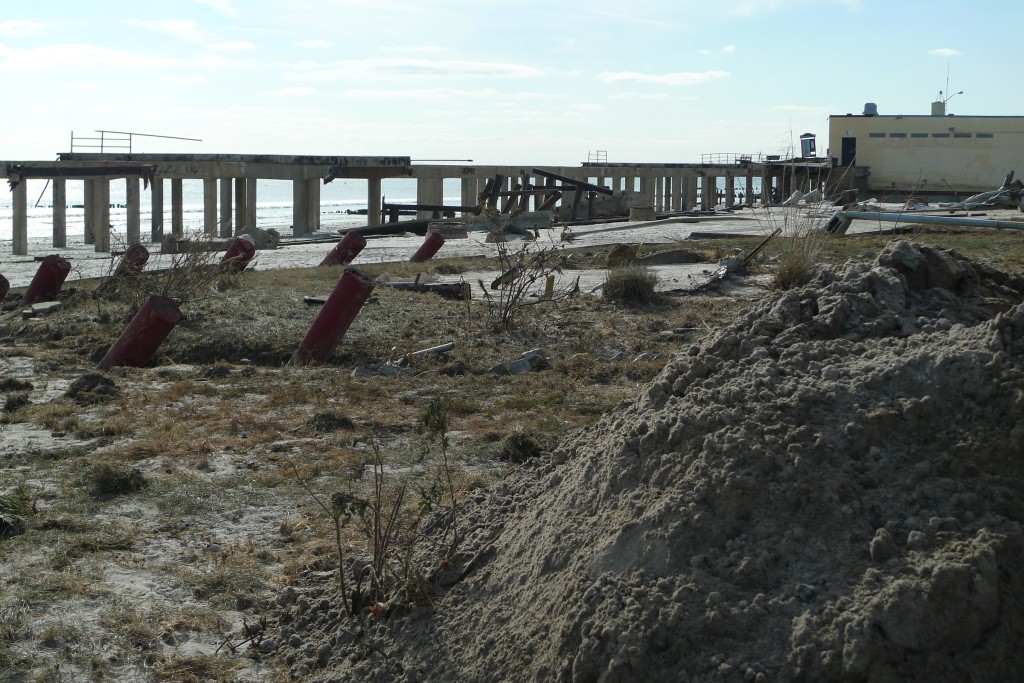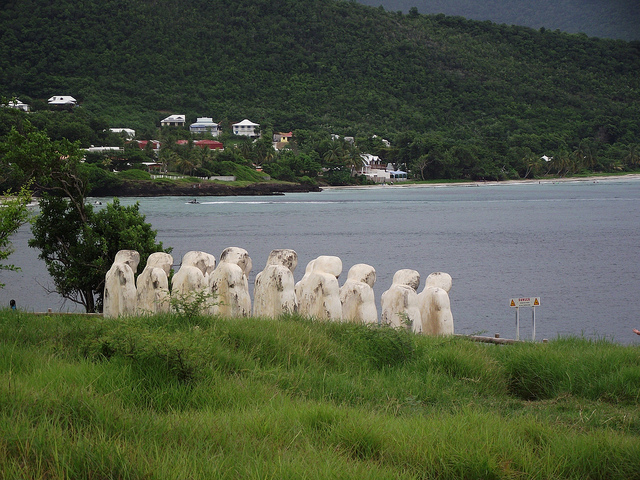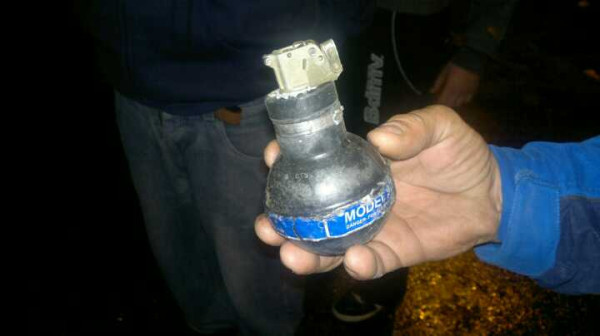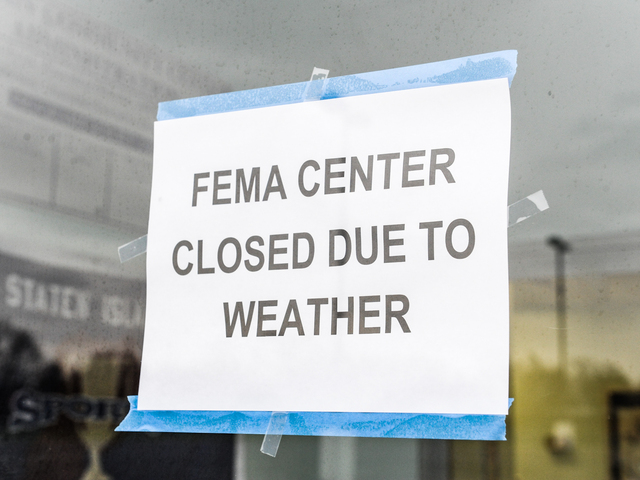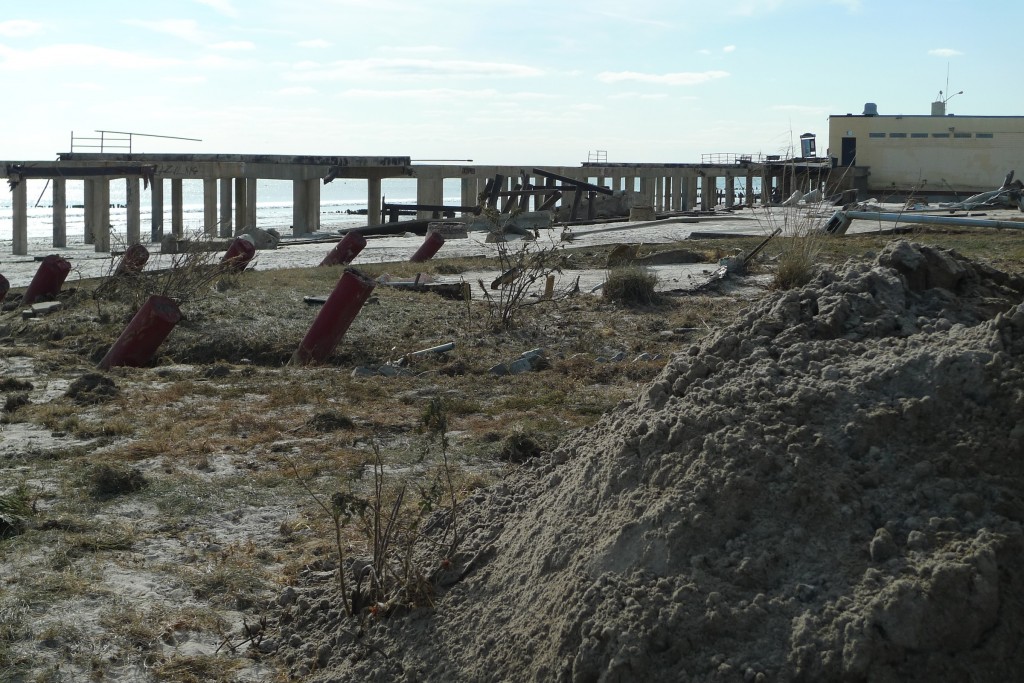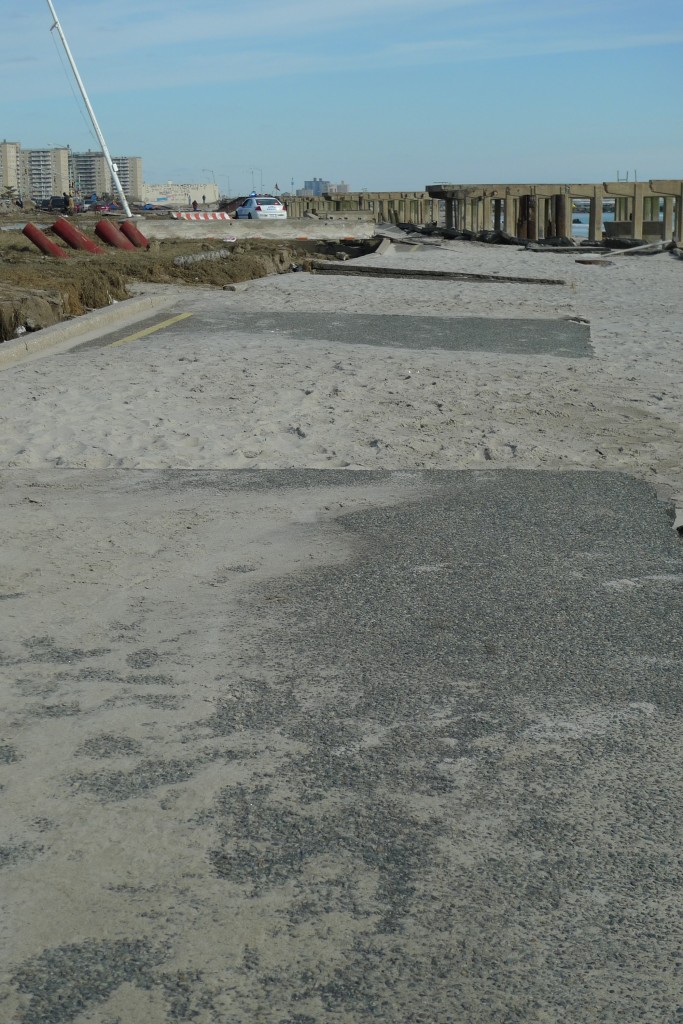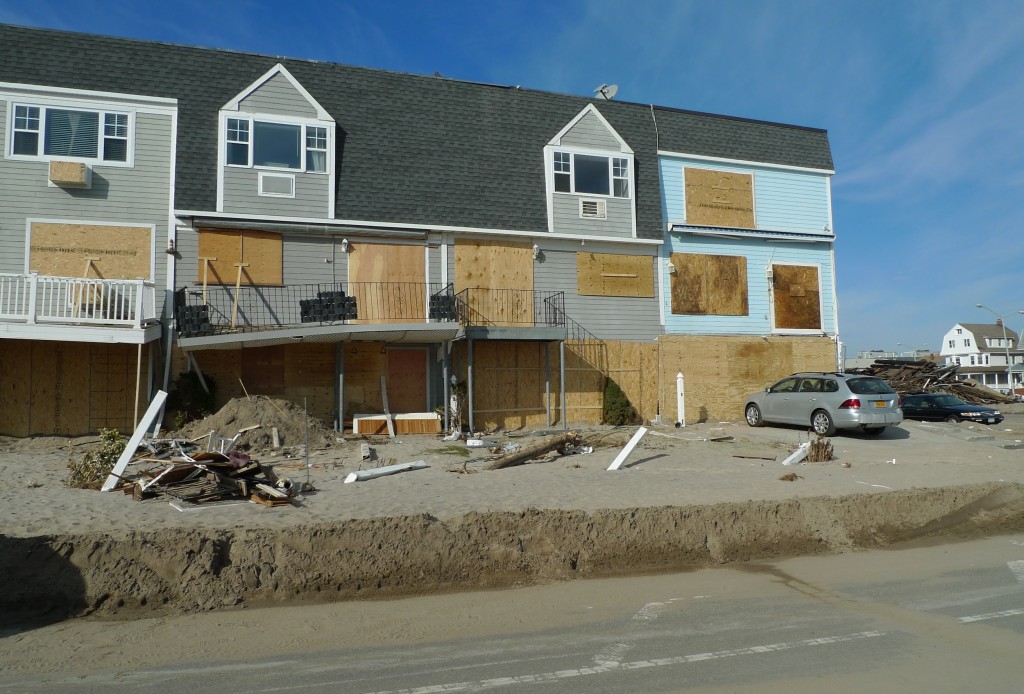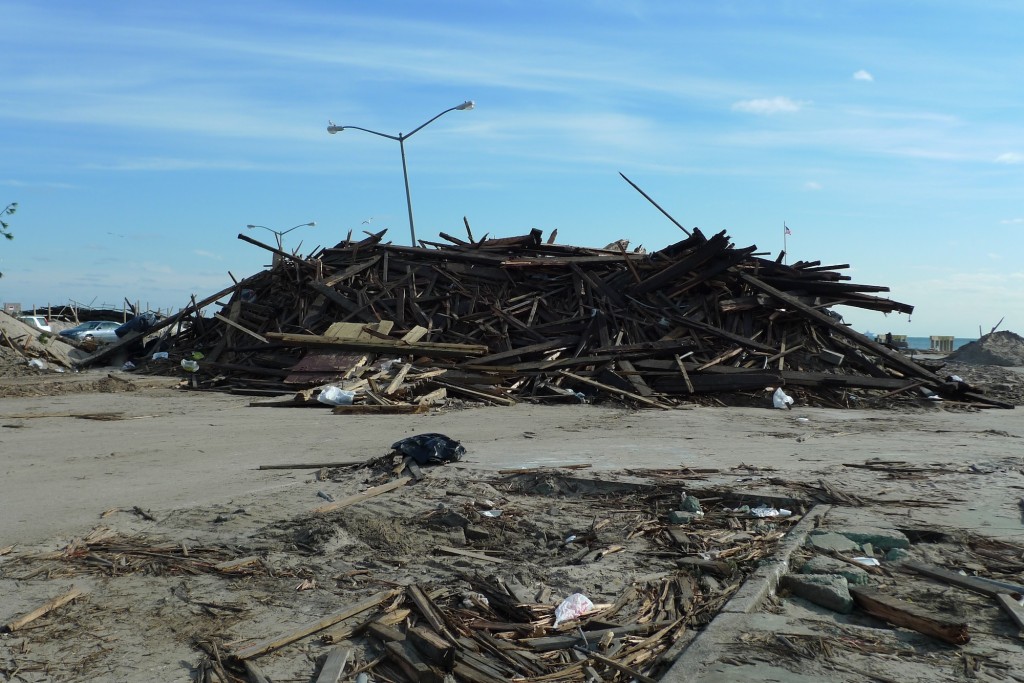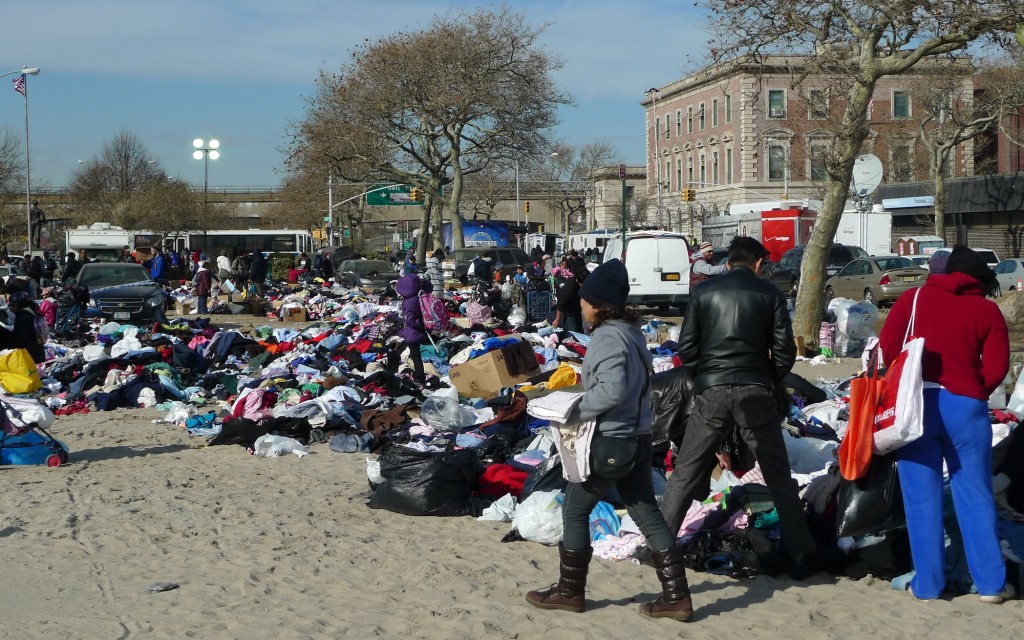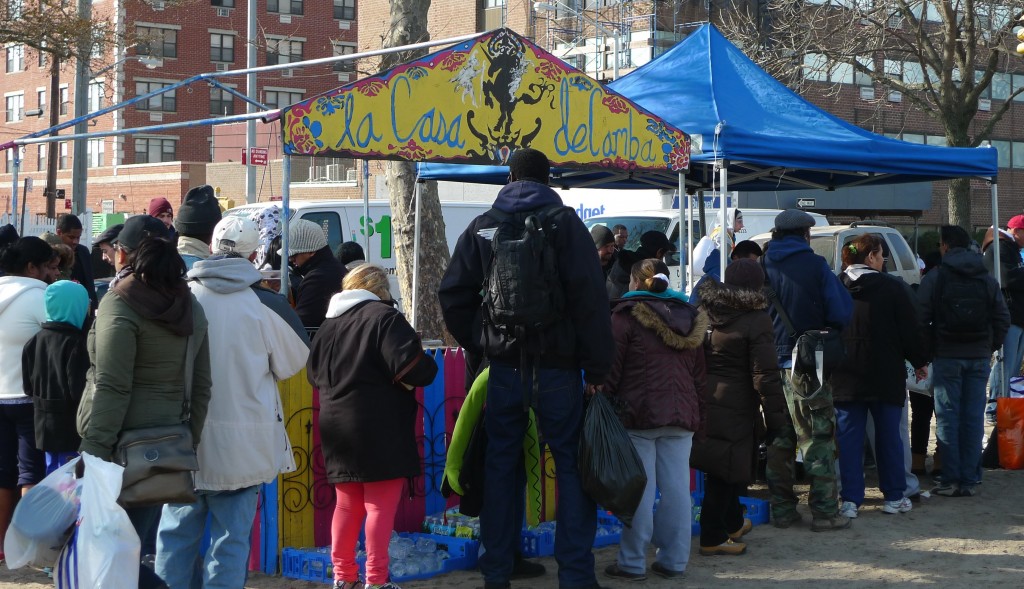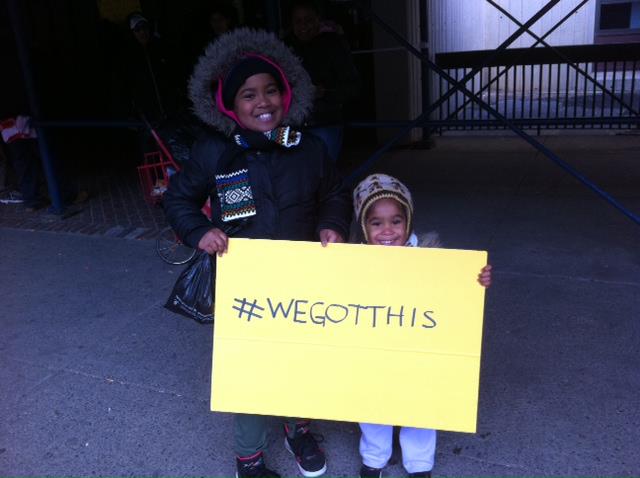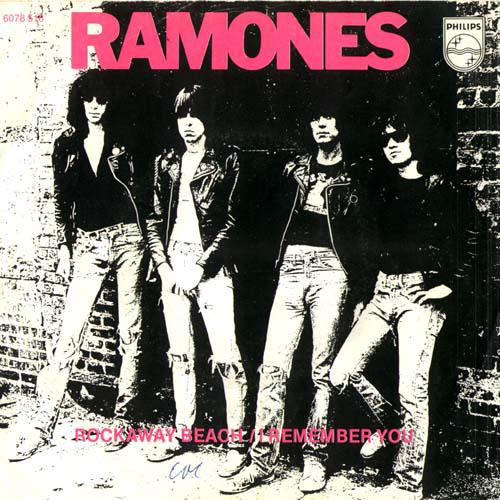I’m on sabbatical. This is an academic practice giving faculty time to research, free from teaching and administration, every seventh year. It’s a Biblical injunction, commanding that the land should lie fallow every seventh year, transferred to the labor of learning. Every seventh sabbatical was a Jubilee.
According to Jubilee USA, who campaign for debt abolition, the Biblical text is wide-reaching:
In the Jubilee, there is release for those enslaved because of debts, a Sabbath rest for land and people, redistribution of lands lost because of debt, and a reordering of prices for land and labor based on proximity to the next Jubilee.
Reordering, redistribution and rest. The planet’s climate needs such a Jubilee.
So, lest we forget do some of the victims of its most recent episode, Hurricane Sandy. Astra, occupier and Rolling Jubilee member, describes how in Midland, Staten Island:
Electric and heat are back on, sure, but many homes are totally uninhabitable and mold a growing public health crisis, one that’s damaging the repairs people have managed to do. People’s stories of dealing with FEMA and other government agencies and insurance companies were devastating, each household trapped in a different bureaucratic tangle. You can only get a grant if you can’t qualify for a loan, and many can’t get either. People in tears recounting being reduced to sleeping in their cars, not having access to their meds, talking about what it is like to have lost everything, and the insult of being given a $1300 check, as if that could cover damages, and no other aid.
Debt as the solution to climate disaster is so mindless it would make you laugh if it wasn’t so stupid. Because when the debt has to be repaid, that will require financial growth and more carbon emissions, worsening the climate crisis. It’s apparent that real estate developers already have their eye on a disaster capitalism opportunity on the East Coast.
There’s a new calculus at work in neoliberal climate politics. The developed nations have decided to make the issue the responsibility of the climate-threatened world. Lord Stern, the British banker whose 2006 climate report suggested that maybe the Copenhagen conference in 2009 might take action, has changed his tune. Now he is saying:
Developing countries must take on the lion’s share of cuts in greenhouse gas emissions, because of the “brutal arithmetic” of climate change.
That is to say, developing countries do now account for about half of global emissions. So the arithmetic of neo-liberal brutes like Stern means they must do most of the cutting. Per capita, nations like the US still claim far more than their fair share, however.
Furthermore, there’s a climate crisis because of the cumulative effect of two hundred and fifty years of emissions, not those of the last five. This is where the climate jubilee comes in. After five times fifty years without taking a rest from ruining land, running up debt and corroding the atmosphere, it’s past time.
Slowly even mainstream commentators are starting to realize that governments and representatives are not going to be the agents of the change, as here George Monbiot in the Guardian:
the struggle against climate change – and all the crises that now beset both human beings and the natural world – cannot be won without a wider political fight: a democratic mobilisation against plutocracy.
Yes, indeed. Disappointingly, though, the call in the article is for campaign finance reform, the change-free change that everyone pretends to agree on.
A climate jubilee would mean turning things off, reducing the work day, creating a living wage, debt abolition, land redistribution and sustainable agriculture. It’s not going to happen, you say. The same thing was said about the Rolling Jubilee. Let’s start to ask the more interesting question: how do we make it happen, 99% to 99%?

